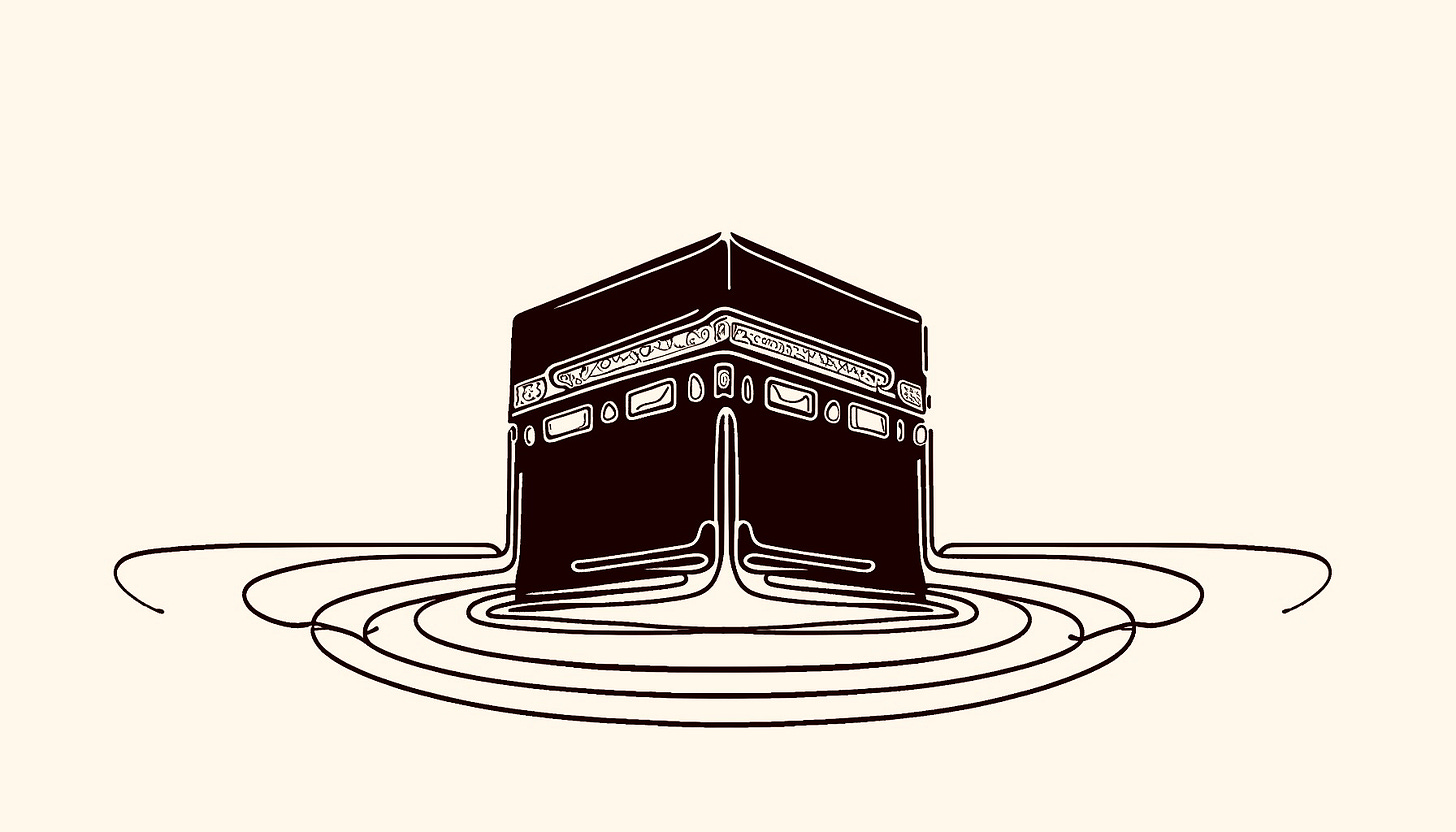(Dis)placing the Year of the Elephant: Saudi Arabia’s Animated Journey to National Opening
Saudi Arabia is promoting the locality and authenticity of its culture, even while globalizing it, through a peculiar medium: its nascent manga industry.
Less than a third of the way into the animated film al-Rihla (The Journey), our protagonist Aws confronts a ghost from his criminal past: Zurara. They had once been friends, of a sort, if such a thing could be said of two children who had met as orphans and were conscripted by bandits; when they finally hatched an escape plan, only Aws got away. He even…
Keep reading with a 7-day free trial
Subscribe to Muftah Magazine to keep reading this post and get 7 days of free access to the full post archives.




